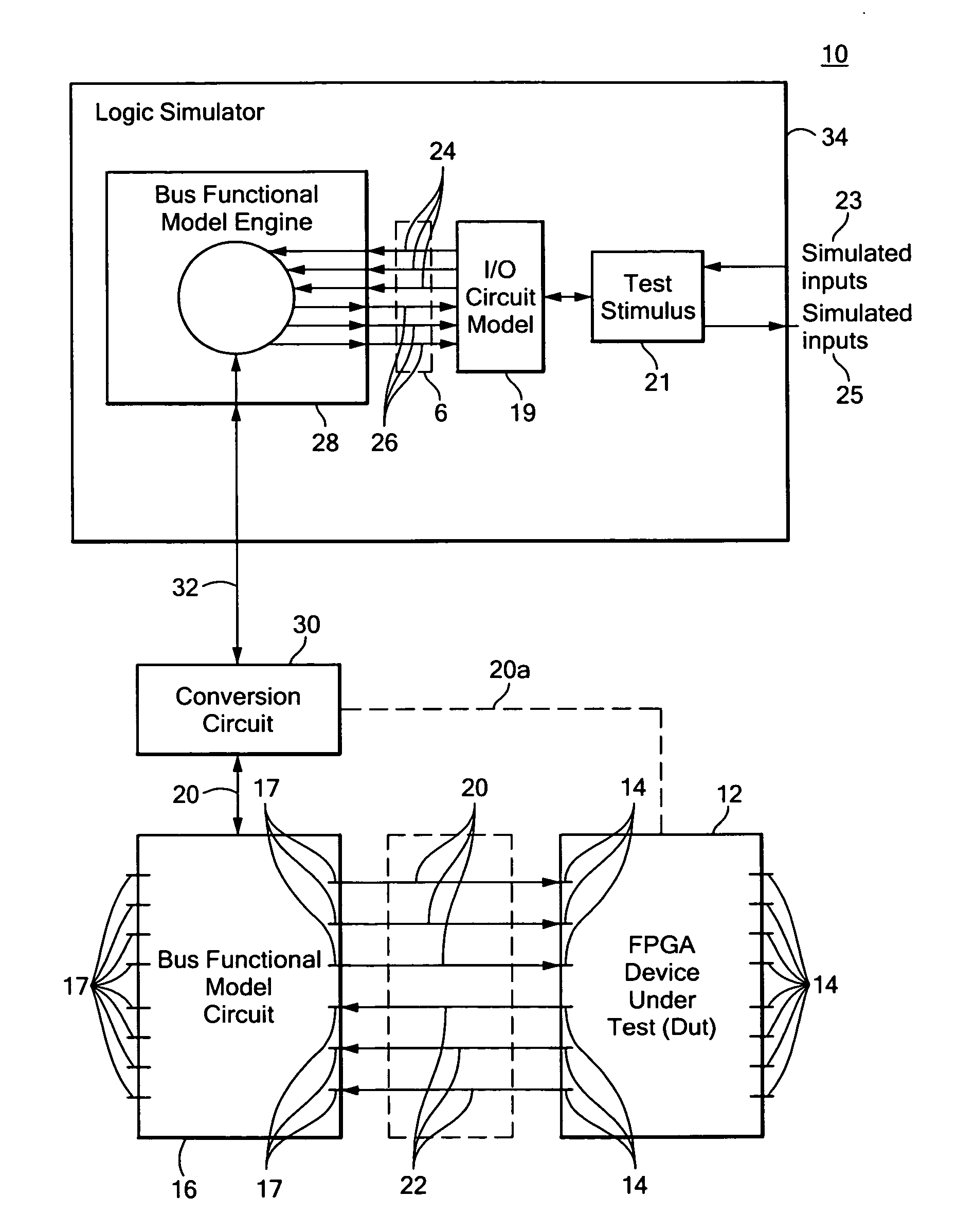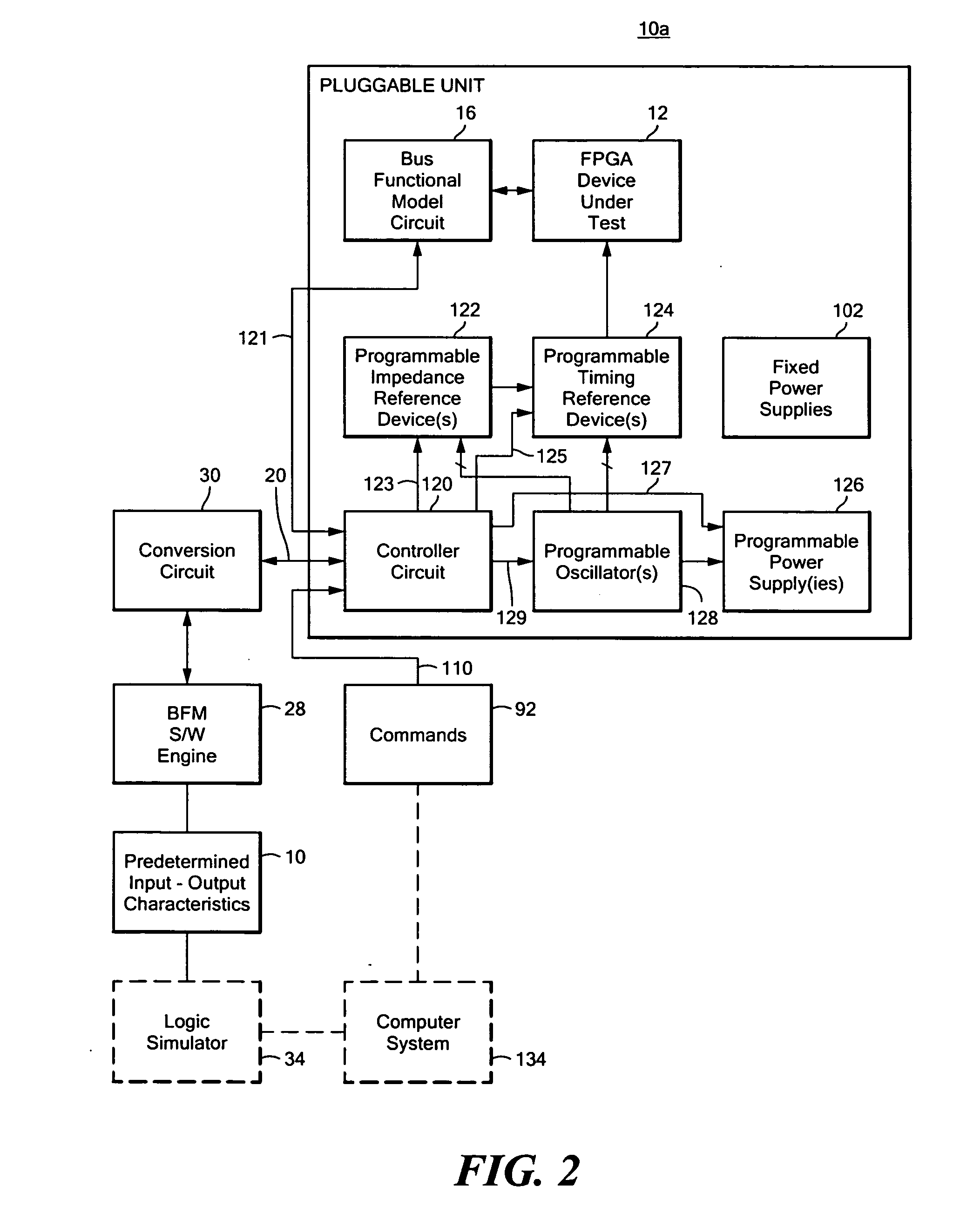FPGA emulation system
a programmable gate array and emulation system technology, applied in the field of improved field programmable gate array (fpga) emulation system, can solve the problems of slow logic simulator when compared to the speed of an fpga, inability to model the constraints imposed by the physical structure of a typical fpga, and inability to justify the cost of developing a custom silicon device when compared to the cost of using an fpga,
- Summary
- Abstract
- Description
- Claims
- Application Information
AI Technical Summary
Benefits of technology
Problems solved by technology
Method used
Image
Examples
Embodiment Construction
[0054] Aside from the preferred embodiment or embodiments disclosed below, this invention is capable of other embodiments and of being practiced or being carried out in various ways. Thus, it is to be understood that the invention is not limited in its application to the details of construction and the arrangements of components set forth in the following description or illustrated in the drawings. If only one embodiment is described herein, the claims hereof are not to be limited to that embodiment. Moreover, the claims hereof are not to be read restrictively unless there is clear and convincing evidence manifesting a certain exclusion, restriction, or disclaimer.
[0055] There is shown in FIG. 1, FPGA emulation system 10 of this invention including an FPGA device under test 12 having plurality of pins 14. As discussed in the Background section above, FPGA device under test 12 is an FPGA device that is often used to model and verify a custom logic design before production of a silic...
PUM
 Login to View More
Login to View More Abstract
Description
Claims
Application Information
 Login to View More
Login to View More - R&D
- Intellectual Property
- Life Sciences
- Materials
- Tech Scout
- Unparalleled Data Quality
- Higher Quality Content
- 60% Fewer Hallucinations
Browse by: Latest US Patents, China's latest patents, Technical Efficacy Thesaurus, Application Domain, Technology Topic, Popular Technical Reports.
© 2025 PatSnap. All rights reserved.Legal|Privacy policy|Modern Slavery Act Transparency Statement|Sitemap|About US| Contact US: help@patsnap.com



